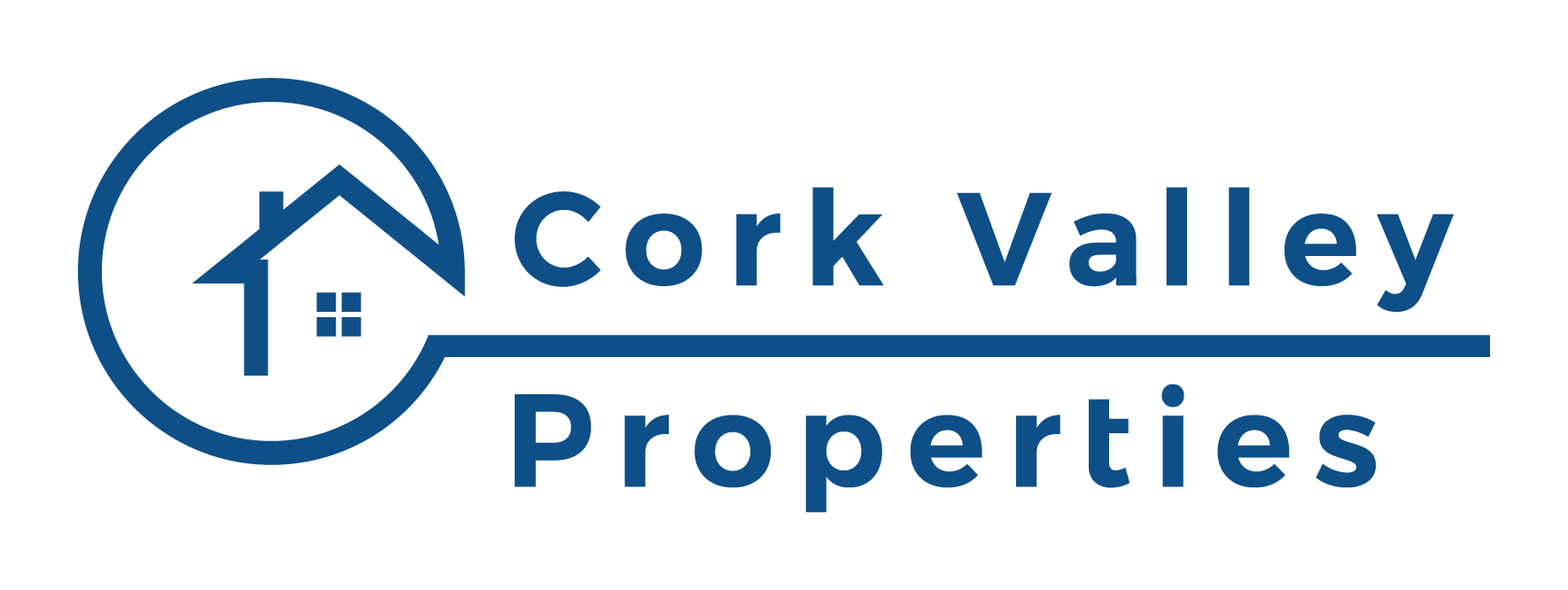Selling a house with code violations is possible, but it requires a clear strategy to protect yourself legally and financially while making the property attractive to the right kind of buyer. Here’s a comprehensive step-by-step guide:
🔧 Step 1: Understand the Code Violations
Types of common violations:
- Electrical, plumbing, or HVAC systems not up to code
- Illegal additions or conversions (like garage apartments)
- Mold, lead paint, or asbestos
- Roof, foundation, or structural issues
- Overgrown yard or debris (nuisance violations)
✅ Get a professional home inspection or request a list of violations from your local code enforcement office.
📄 Step 2: Disclose Everything (Legally Required)
You are legally required to disclose any known code violations when selling. Failing to do so can lead to lawsuits later on.
- In most U.S. states, this is part of the Seller’s Disclosure Statement
- Consult a real estate attorney if unsure
🛠 Step 3: Decide Whether to Fix or Sell “As-Is”
Option 1: Make Repairs
- Might expand your buyer pool
- Could allow you to sell at a higher price
- Be sure repairs meet local building codes and get proper permits
Option 2: Sell “As-Is”
- Saves time and money on repairs
- Appeals to investors, house flippers, or contractors
- Be upfront in your listing (e.g., “Property sold as-is. Buyer responsible for all code violations.”)
💰 Step 4: Set the Right Price
- Price the home below market value to reflect repair costs and risk
- Ask for a comparative market analysis (CMA) from a local real estate agent
- Some buyers will estimate repairs at higher-than-actual cost, so leave room for negotiation
🏘 Step 5: Target the Right Buyers
Your best bets:
- Real estate investors or cash buyers
- Flippers looking for below-market deals
- Contractors or developers
- iBuyers (in some markets, though many won’t touch homes with legal/code issues)
⚠️ Note: Most traditional buyers using FHA, VA, or conventional loans won’t qualify for financing if the home has major code violations.
🔍 Step 6: Market the Property Honestly
- Use phrases like:
- “Fixer-upper with potential”
- “Investment opportunity”
- “Needs TLC – priced accordingly”
- “As-is sale – buyer to assume code violations”
- Highlight positive aspects like location, size, or lot value
📑 Step 7: Prepare the Right Paperwork
- Disclosure documents (mandatory in most states)
- As-is agreement (often an addendum)
- Title report (to show no hidden liens)
🤝 Step 8: Close with a Professional
- Consider a real estate agent experienced with distressed properties
- A real estate attorney can help you:
- Navigate local code compliance rules
- Draft protective language in your sale documents
Alternative: Sell to a “We Buy Houses” Company
Pros:
- Fast, cash-based offer
- No repairs or showings
Cons:
- You’ll get significantly less than market value
- Be cautious of scams—research companies thoroughly
✅ Summary
| Step | Action |
|---|---|
| 1 | Identify all code violations |
| 2 | Disclose them legally |
| 3 | Decide to fix or sell “as-is” |
| 4 | Price the home accordingly |
| 5 | Market to investors/cash buyers |
| 6 | Use clear, honest marketing |
| 7 | Prepare necessary documents |
| 8 | Work with professionals |
